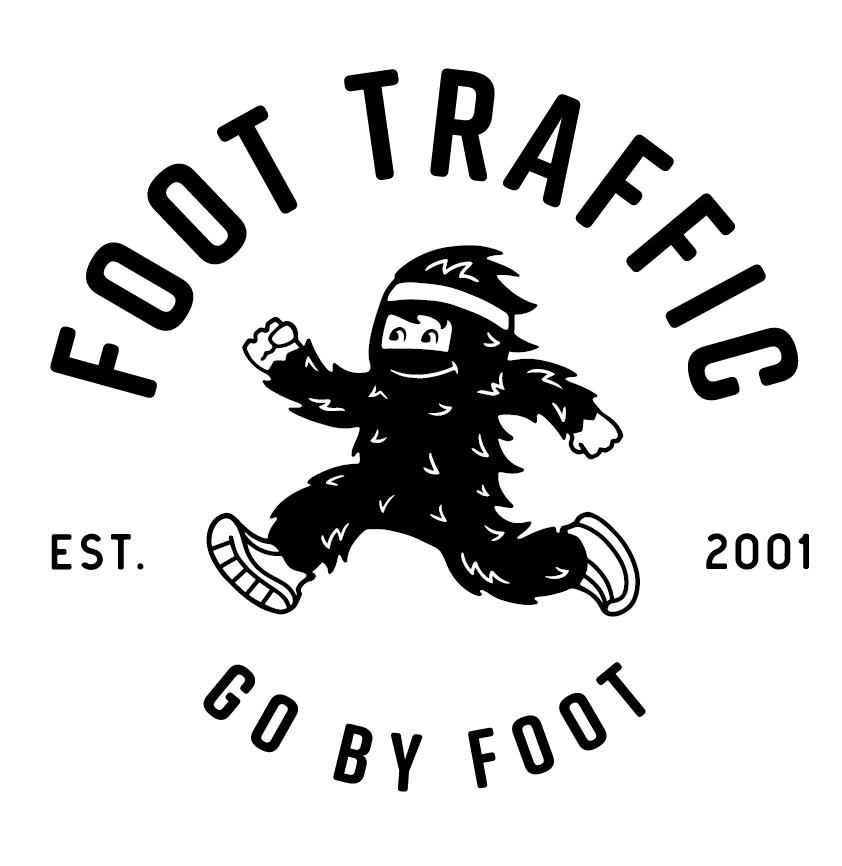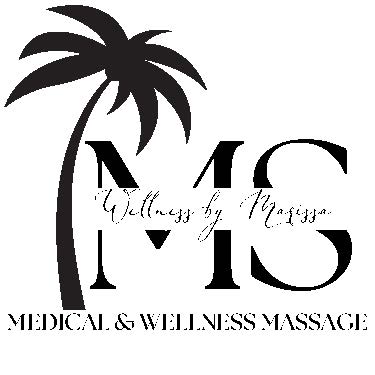Training Preparation
Ok, Step #1. Register! That puts purpose to your training and forces you to commit – an important part of getting to the finish line!
Step #2. It’s time to train! Yes, we want you to get to the finish line feeling strong, healthy, reaching for your best, and injury free!
One way to help your training is to join a local running club, clinic or training studio. Here is a list of resources to assist you with your training and preparation:
Running Clubs
- Foot Traffic University
- Clark County Running Club
- Vancouver Run, Grug & Chug Club
- Oregon Road Runners Club
- Eastwind Running & Endurance
Personal Training & Coaches
- Northwest Personal Training
- Chris Bagg Coaching
- Juliet Thompson Hochman – USAT Certified Coach
- Remy Maguire – Endurance Sports and Nutrition Coach
- Kraig Erickson, AthleteWise Performance Coaching, Bend
- Molly McGarry, Ironman Certified Coach
- Rogue Tri Performance
General Running Program Design
If you are going to attempt this on your own or would like a better understanding of proper training protocol, here are a few general guidelines for designing your training program.
1. If you are not running consistently right now, start with a Learn to Run program that will start with 1 minute of running and 4 minutes of walking and gradually progress adding 1 minute of running per session per week and reduce walking until you can comfortably run non-stop.
2. As you progress your weekly long runs, do not increase your volume any more than 10-20% every 1-2 weeks. Be more conservative if you are more prone to injury.
3. Try not to run 2 days in a row if possible. Running exposes your body to a lot of impact and it is helpful to allow your body time to recover in between running workouts, especially if you are prone to injury.
4. Allow for one full recovery day per week. It doesn’t mean you have to lay around watching TV and eating bon bons all day but it’s a good idea to have one day a week when you aren’t concerned about getting into your training zone and instead, allow your body a day’s rest from impact and intensity.
5. Invest in a good pair of running shoes and consult with an expert to help determine the right show for your body. Check out the following column where I discuss in detail the key pointers on getting the right running shoe for you. http://blogs.columbian.com/sherri-mcmillan/2014/07/22/choosing-right-athletic-shoes/
6. If possible, run on packed, level dirt, trails, or grass, which are a lot easier on your body. If running through the city, paved roads (asphalt) are easier on your legs than concrete sidewalks (cement). Just watch for traffic and always run in the opposite direction of cars so you can react if needed.
7. Implement muscle strength and endurance training into your program. As you run, the muscles of your lower body absorb the forces. As your muscles fatigue, they lose their shock absorbing abilities and the forces are absorbed more through your bones and joints. If you strength train, your muscles become stronger, are better able to absorb impact, take longer to fatigue and are better able to generate greater force leading to faster running speeds. The ability of a muscle to resist fatigue helps reduce the incidence of injury. Research has shown the areas that suffer the largest amount of stress include the feet, the shins, the back, knees and the hip. Therefore, a specific program that addresses these areas must be followed if long-term running is a goal.
Luckily you don’t need to spend a great deal of time in the weight room to experience these benefits. All you’ll need to do is 1 set of 8-20 reps of a variety of exercises two times per week. This equates to about 30-60 minutes a few times a week. We’re hoping that those of you who want to minimize your risk for injury and enhance your running performance, will be able to find the motivation and time to fit these short workouts in. If you do not have a personalized weight training program, we strongly encourage you to invest in a few sessions with a trainer, so they can design a program for you. This will ensure you’re not wasting any time during your workouts.
8. Incorporate cross training into your program. We’d rather see a runner run 3x/week and compliment their program with swimming, cycling, resistance training and fitness classes rather than run 6x/week. Cross training will maintain a greater balance to your program and your body and keep your program exciting.
9. Consider how you run. Seems easy enough right? Right foot, left foot. But there is actually a science to it. Go to the following link for a blog about Effective Running Technique. http://www.shapeupwithsherri.com/2014/09/29/running-program-week-8/ In fact, there is an 11 week Running Program series chock full of great information for those of you who are starting your running career! 🙂
10. Before you begin any run or run/walk workout, start with a 6-12 minute walk. This will allow your heart rate and breathing rate to increase gradually, your body temperature to rise and prepare your muscles for the workout. Once you’ve completed your warm-up, complete the following dynamic joint movements to take your lower body joints through their full range of motion in a slow, controlled fashion.
• Start with one leg in front of the other.
• Raise the back heel up onto your toes and contract the calf. Repeat 10-15x.
• Now lift the entire back foot off the floor and contract the glute (buttock). Repeat 10-15x
• Now lift the back heel towards the buttocks and contract the hamstrings (back of the thigh). Repeat 10-15x.
• Now lift the knee forwards and contract the quads (front of thigh). Repeat 10-15x.
• Now hold your knee up and balance while doing 10 ankle circles one way and then the other way.
Repeat this sequence on the other leg.
Then perform a 20 fast toe taps on each leg and 20 heel raises.
You’re now ready to start your workout. Ease into your training zone.
• Once you have completed each workout including warm-up and cool-down, be sure you save enough time to lengthen and release. This is one of the most important things you can do to reduce your chances of experiencing injuries and to aid in the recovery process. If you don’t foam roll regularly, please call us at 360.574.7292 so we can schedule you in to show you a few critical release techniques.
Tapering: At about 1-2 weeks from race day, it’s time to back off on your training mileage to allow your body enough time to recover and repair before event day. Focus more on quality versus quantity. This is more important for the longer distances.
Nutrition: What to Eat Before, During & After the event
- Eat well the week before the event. Drink lots of water to ensure you’re well hydrated and stock up on healthy fruits, vegetables, whole grains and lean protein sources. Dinner on Friday and Saturday night should be a balanced diet of carbs, protein and fat to provide you with sustainable energy. For example, a chicken/tofu and vegetable pasta with half marinara/cream is a nice option. Or a Vegetable, Meat/Tofu stir-fry with brown rice is a good option. If you know a certain meal has worked in the past, stick with it! And get plenty of rest!
- On Sunday morning, your pre-race meal should contain easily digestible carbohydrates (ie. bread, cereal, bagel, fruit, energy bar) and should be eaten 1-4 hours before the event. Don’t eat anything new. You don’t want any unexpected surprises or digestive upsets.
- During the event, take water at each of the aid stations – approximately every 2 miles on course. Even just a few sips will help. When you take your water cup, try squeezing the top of your cup together to create a narrow opening, so as you drink, you don’t inhale and choke on too much water. If you feel you may require more water or fuel than this, please be sure to carry it with you. Some runners/walkers like to have a little bit of sugar for a longer race- we’ll have PowerBar Gels and Fluid Replacement Drink at all the aid stations to give you that last little push to the finish.
- Post event – Congratulations! Be sure to get some fluids – especially the energy drink with electrolytes – into your system right away. Definitely consume some of the fruit and energy bars that we will provide within 1 hour of finishing the event. This will help you recover much more quickly and replenish those depleted carbs in your muscles. Then later in the day – eat what you want (within reason). You deserve it! 🙂
Race Day Mental Prep: Have Fun! As you travel to the race, repeat some positive self-statements about how well you feel and how excited you are about the event. Smile and get yourself in a good frame of mind. Remember to enjoy the experience. Try your best but remember to pace yourself! You’ve already won just by showing up!
Event Partners
We’re honored to partner with these great companies to provide you the absolute best race experience. We couldn’t do it without them so please show them the LOVE and support them as a thank you for all they do for our community.
Partners
Sponsors
Beneficiary
[et_bloom_inline optin_id="optin_2"]
CONNECT
Follow @why_racing_events and use #WhyRacing to share photos!
Sponsors
CONTACT
WHY Racing Events Inc.
210 E. 4th St., Suite B
La Center, WA 98629
Phone: (360) 314-4682
Email: info@whyracingevents.com



















